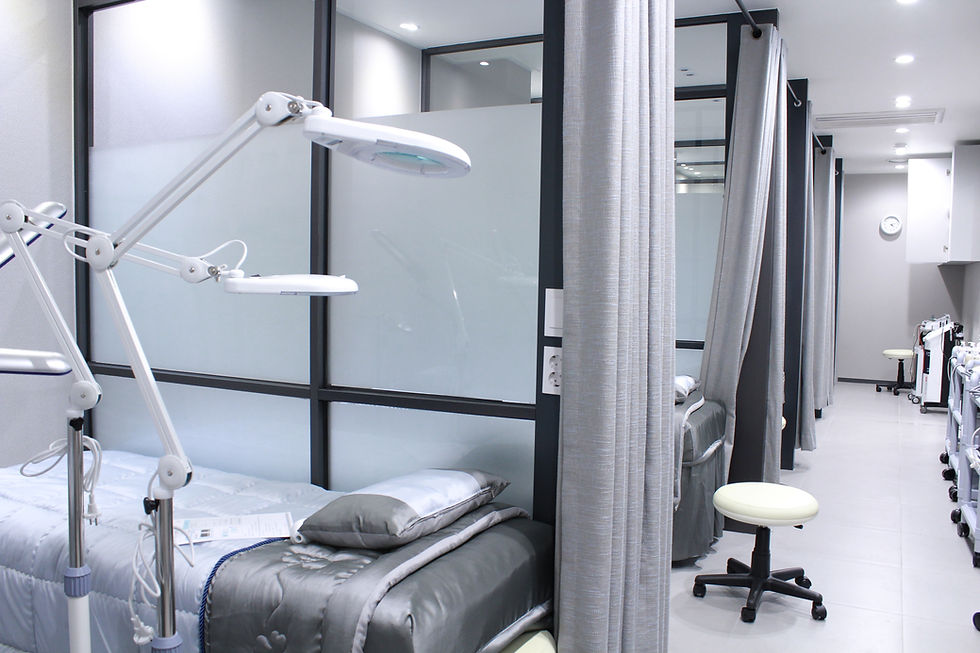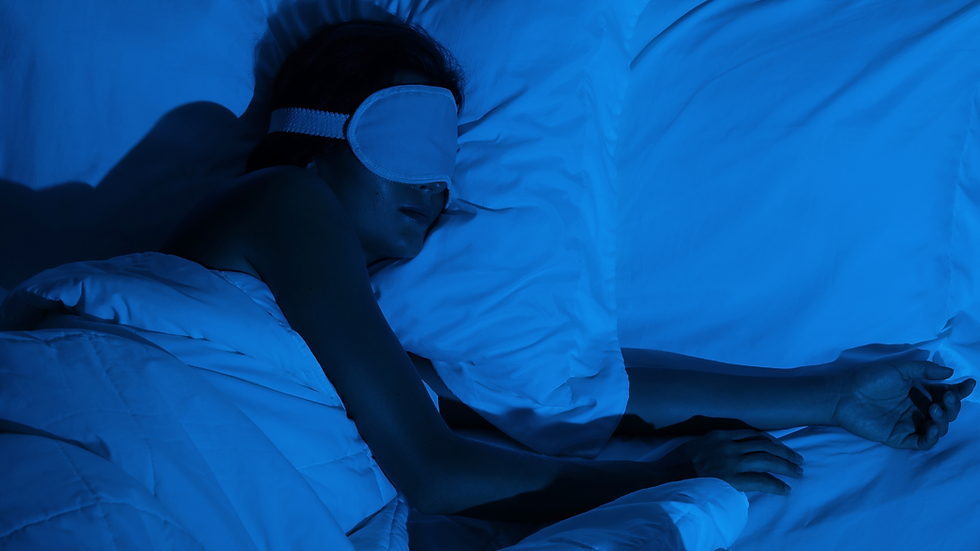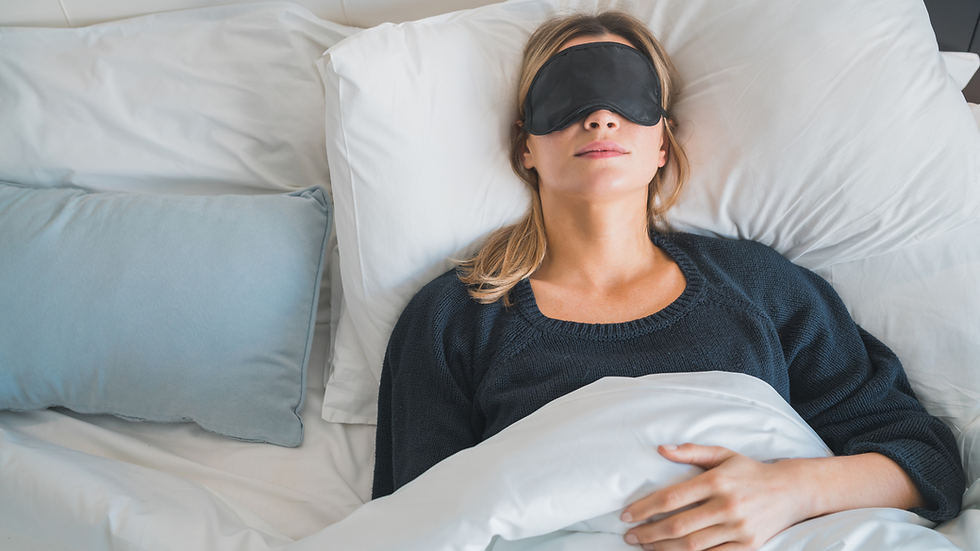The Impact of Light on Healing: What You Need to Know.
- Leah Corkum

- Mar 8, 2024
- 3 min read
The evening light environment in hospitals can be designed to help patients sleep better and heal faster.

There’s a commonly said expression around the sleep medicine community that if you go into the hospital without a sleep disorder, you’re guaranteed to have one when you leave. The hospital setting is no place for healthy sleep and there is a huge impact light on the healing process.
As I was having my morning coffee I thought to myself: if hospitals are where we heal and sleep is when we heal, is there a way to improve sleep with a non-pharmacological intervention? Is there also a way to do this without the extra burden on hospital staff or requiring compliance by sick patients? If so, can it be replicated in other buildings that also house vulnerable populations with sleep problems, like long term care facilities? If we can do that, then maybe it can also be replicated in the homes of average healthy individuals looking to catch a few extra Z’s? And yes, these are the types of thoughts I have first thing in the morning.
Hospital environments are far from conducive to sleep. Pain, anxiety, medication effects, medical interventions, the acute illness itself and especially environmental noise and light contribute to decreased quality and quantity of sleep in hospitalized patients. Sleep problems very commonly persist amongst patients well past their discharge date and can continue to impact quality of life long after the initial hospitalization. Obviously, some disruptions during a hospitalization are necessary for patient care standards, but there’s always room for improvement! Light is the strongest determinant of our sleep-wake system and historically, we’ve had very little control over the light environment during a hospital stay. If healthcare facilities adopted a lighting system that reflected human circadian biology, we could improve in-patients sleep quality and quantity, without increasing the workload of the already over-burdened healthcare staff. This could even lighten the load on employees! Better sleep is associated with better health outcomes for their patients, but it could also mean fewer call bells throughout the evening which (let's be honest) is preferable for nurses and doctors who work night shifts.
According to a new study, by creating a more human-centric light environment, less disruptive effects on the circadian system and improved overall sleep was observed. In particular, evenings at a hospital. The researchers used a warm, blue-depleted light in the evening that is less disruptive to melatonin production, and simulates sunset. Many commercial building lighting upgrades continue to focus on energy efficiency with less emphasis on human health, but by installing a tuneable lighting system that adjusts brightness, colour temperature and hue, we could passively improve healing in hospital setting and possibly improve quality of life for residents in long term care.
The reality is that more in-patients and long-term care residents, are not getting enough natural sunlight during the daytime (or enough darkness at night) because of the pandemic. Staff are allocated differently and the workload has increased due to extra precautions so there is little time to ensure patients are getting daily sunshine. If these environmental changes could be made, however, it can greatly help with their sleep - which has a bidirectional relationship with depression. It could ease the prevalence of mental health problems that are on the rise among residents in long term care facilities because of loneliness and isolation due to the pandemic.
What does this mean for the average person who isn’t hospitalized or in a care facility? And what about when the pandemic ends - will we all return to an office to spend 8 hours under a fluorescent light each day? The good news is that if you work a 9-5 job, the effects of the light on your sleep will be minimal. If you’re working into the evening hours, however, consider a pair of blue light blocking glasses as part of your ‘back to work’ plan if your employer isn’t ready to invest in tuneable lighting.
For now, while a lot of us are doing our best to stay healthy, we can incorporate the sleep benefits of tunable lighting into our homes with a very small investment. LED smart bulbs will run you about $30 for pack of 2. They are compatible with standard light sockets and can be used with smart home systems, like Alexa or Google Home. With the touch of your phone, you can create your own human-centric, blue light-depleted, sleep-enhancing, light environment at home. They also make a great gift because it's not just a light bulb, it's the gift of sleep! We've linked our favourite options in our Amazon Faves for you to try out yourself.
_edited.jpg)




Comments